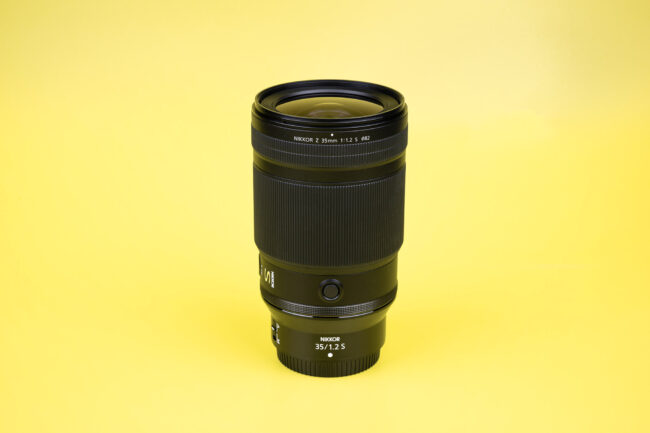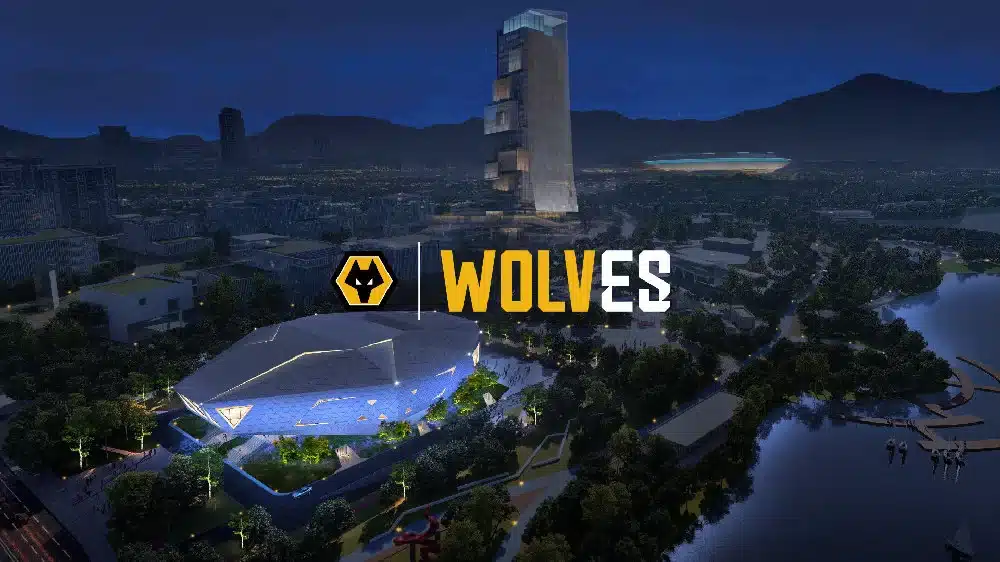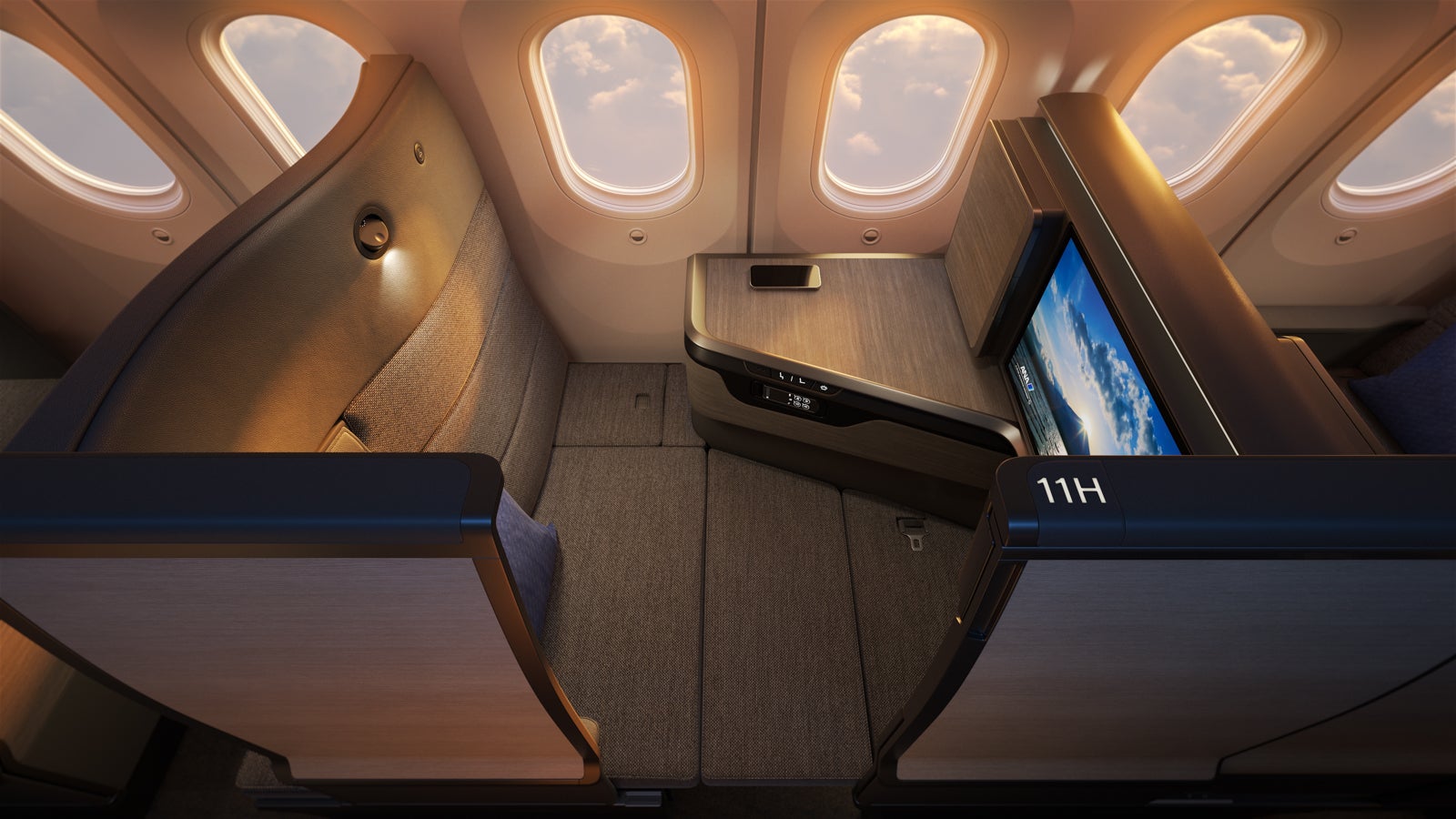Aircraft Firm Orders Vs. Options: What’s The Difference, Really?
All the time, I cover aircraft orders on the blog, whereby airlines or aircraft leasing companies place orders for new planes. I’ll often mention how an airline orders ”up to” a certain number of jets, including firm orders and options.

All the time, I cover aircraft orders on the blog, whereby airlines or aircraft leasing companies place orders for new planes. I’ll often mention how an airline orders “up to” a certain number of jets, including firm orders and options.
In this post, I want to talk about that in a bit more detail. Admittedly this probably seems somewhat straightforward, but there’s a bit of nuance to it.
The different types of aircraft orders
When airlines place orders for new planes, it’s common for the deal to include both a firm order and options. What’s the distinction between those, exactly?
A firm order is exactly what it sounds like — the airline and aircraft manufacturer agree on the number of planes being ordered, the price, and the delivery timeline. It’s what one would think of as a typical purchase.
What about options for an aircraft, though? When an airline has options for an aircraft, that means that the airline and aircraft manufacturer also agree on a price and a delivery timeline (meaning that production slots are reserved), but the airline doesn’t have to commit to that order yet.
Options provide a lot of flexibility, since an airline can see how the business evolves, and then decide at a later point whether they want to follow through on that order or not. The two parties agree on when the airline has to decide whether or not it wants to execute the order.
Typically, airlines pay a small amount to reserve those options, but that’s not always going to be the case. As I’ll explain in more detail below, there’s a lot of variability across the industry.
Options are also different from purchase rights. Purchase rights are when an airline has the option to purchase an aircraft at a certain price (inflation adjusted), but there are no delivery slots reserved.
While we’re defining aircraft ordering terms, let’s briefly talk about when airlines announce an aircraft order with a letter of intent (LOI) or memorandum of understanding (MoU). This is one step down from an actual “official” contract being entered into, with all the details ironed out. It just signals intent, rather than an actual order being placed.
This could be for a variety of reasons. Maybe the airline isn’t quite ready to commit to an aircraft type, but still wants to signal interest. In other cases, these letters of intent are signed to maximize exposure from an order. Maybe the letter of intent is signed when the airline makes an aircraft purchasing decision, while the order is then finalized at an air show, during an important government visit, etc.

Aircraft orders come with some flexibility
To add to the above, I think it’s also important to mention how flexible aircraft orders have become, simply due to industry realities.
For one, Airbus and (especially) Boeing haven’t exactly been great about delivering aircraft on-time. When aircraft deliveries are delayed significantly, airlines have more flexibility to get out of their contracts, or renegotiate them.
Furthermore, you can expect the terms of agreements to differ greatly depending on how in-demand an aircraft is. For example, I imagine that purchase terms and options are more stringent for the Airbus A321neo and Airbus A350-1000 than they are for the Boeing 737 MAX 10 and Boeing 777-9 (the two Boeing jets haven’t yet been certified).
Next, even if an airline places a firm order for a jet, that doesn’t mean there’s no flexibility. Quite to the contrary, airlines renegotiate their contracts with aircraft manufacturers all the time. Maybe an airline swaps out one type of aircraft for another. For example, Qatar Airways recently placed a huge wide body aircraft order, while at the same time, quietly canceling its Boeing 737 MAX 10 order.
Lastly, some might wonder what happens to delivery slots that are taken up by options, if airlines don’t end up following through on those agreements. Well, those slots can then be reassigned to other customers. The truth is that assigning delivery slots is a game of musical chairs, between manufacturing delays, airlines changing their needs, options not being finalized, etc.
So when slots open up from options, it can allow other airlines to pick up those slots, either by new purchase agreements being signed, or by existing customers in the queue being moved forward. Or in the case of Boeing, delivery slots opening up simply reduces the delay with which other airlines get their planes.






























































































































































































































































